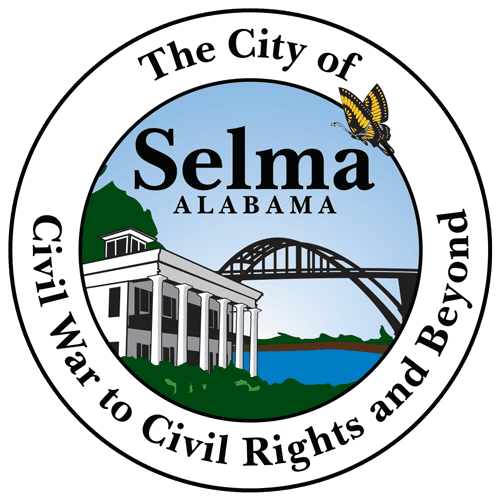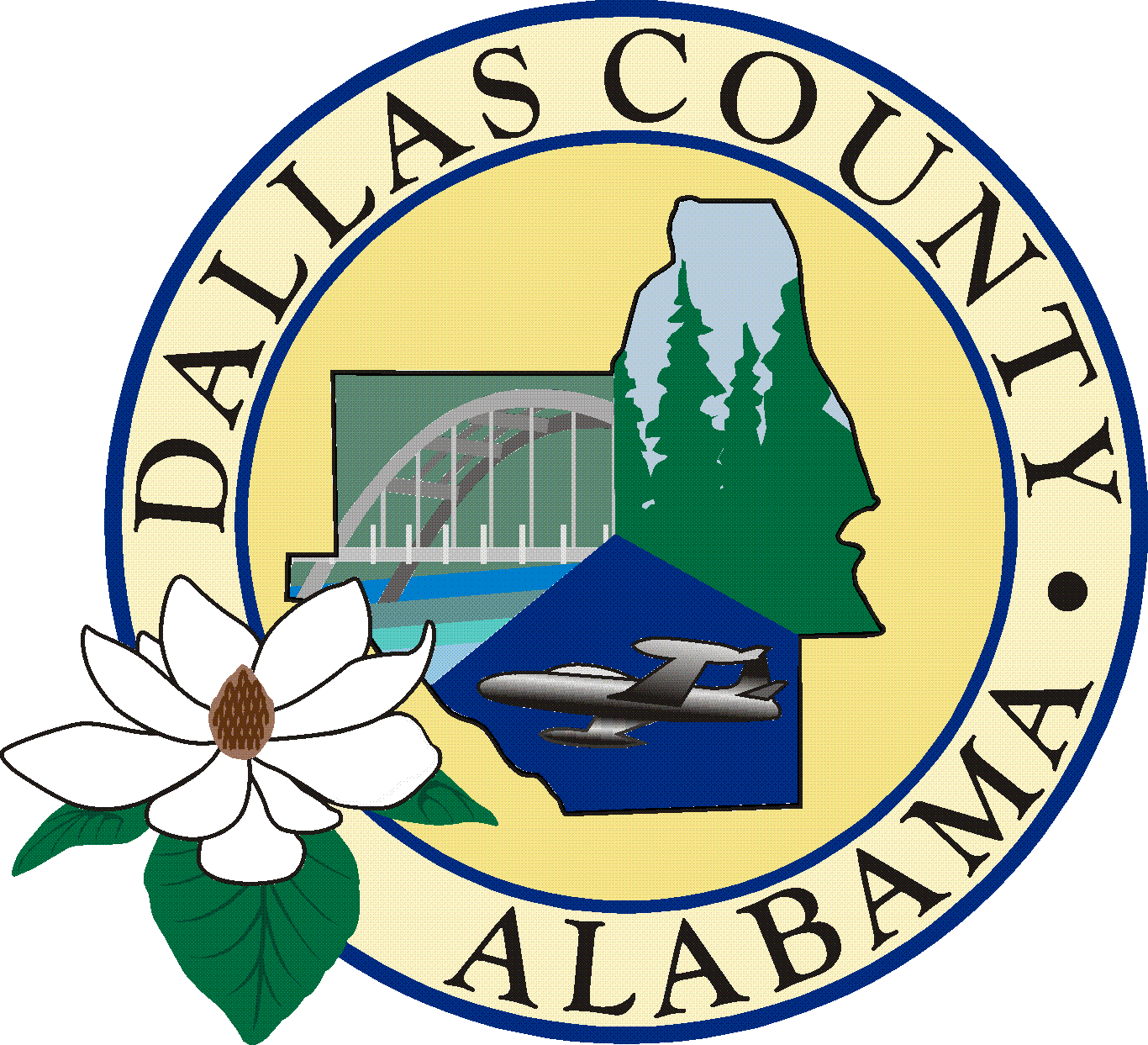WHY SELMA-DALLAS COUNTY
Selma is the Old South with a new attitude. It’s the perfect place to live, shop, and play. History lives on almost every corner, and while we are anchored by our past, we’re also focused on the future, celebrating our heritage, our architecture, our arts, our culture, and our natural beauty. Let us share it with you.
SOARING ARTISTRY

Selma was declared the Butterfly Capital of Alabama in 1982. Back then, there were several butterflies placed in the downtown corridors of Selma in honor of this fact. Over 40 local artists decorated the butterflies, and each distinct winged work of art reflects the artists’ and sponsors’ imaginations. Today, only seven butterflies still exist downtown out of the majority, and those butterflies can still be seen today with their timeless, unique art.
CIVIL RIGHTS STORIES
Dallas County had barely come into its infancy when it was selected to be the location of Alabama’s first permanent state capital (now a ghost town and popular tourist destination), Cahawba. This early settlement and development now mean that Selma is the second-oldest surviving city in the State of Alabama, and it numbers among its many historic districts an abundance of structures that date back to the 1800s. Thousands of tourists visit Selma and Dallas County each year, many of whom are tracing their family roots.
HOLY GROUND

You can observe some of Selma’s loveliest examples of architectural variety and skill in the many old churches scattered throughout the city. Most are still in use today, like the Historic Brown Chapel A.M.E Church, located at 410 Martin Luther King Street. Take a self-guided tour on your visit to see all our neighboring churches and find your “Holy Ground” while you’re here.
FARM FRESHNESS

Get it while it’s good! Delicious, healthy, homegrown fruits and vegetables are for sale every Tuesday, Thursday, and Saturday from early June until the end of November at the Farmer’s Market at Bloch Park.

HAUNTS & HAINTS
With more than a century of history predating the Civil War, Selma has more than its fair share of historic sites, including many that are considered “Haunted.” View Dallas County’s thirteen haunted sites on the Alabama Ghost Trail and take the self-guided Ghost Tour that takes place every year in late October. There is also a Haunted History Tour weekend featuring Selma and Old Cahawba. But don’t get too frightened. While their tales may send a shiver up your spine, Selma’s “ghosts” are all quite friendly.
BIGGER & BETTER

Take the “Windshield Tour” through Selma’s Old Town Historic District and view over 1,250 designated historic structures in the state’s most extensive contiguous Historic District.
OUTDOOR ADVENTURES

Sitting on the banks of the Alabama River and surrounded by forests and fields teeming with wildlife, Selma offers an abundance of outdoor activities like hunting and fishing opportunities to fulfill any sportsman’s dreams. Try your luck at the Dallas County State Public Fishing Lake, a 100-acre gem offering excellent fishing year-round.

CONFEDERATE CHRONICLES
General Lafayette was an aristocrat, a military officer, and a politician whose original name was Marie-Joseph Paul Yves Roch Gilbert du Motier, Marquis de La Fayette. He was a major figure in both the American and French revolutions, helping shape the destiny of both countries, according to the World History Encyclopedia. In Selma, a historical marker honors his dedicated service — including his visit to the city — which you can learn more about at 1201 Water Avenue. Like Lafayette’s, several other historical markers are located throughout Downtown Selma and are available to tour as well.
STREET SCENES
Throughout Downtown Selma, you’ll find sites of significance to both the Civil War and the Civil Rights Movement, including the famous Edmund Pettus Bridge and the beginning of the Selma to Montgomery Trail, the Songs of Selma Park, and the Bridge Tender’s House.












